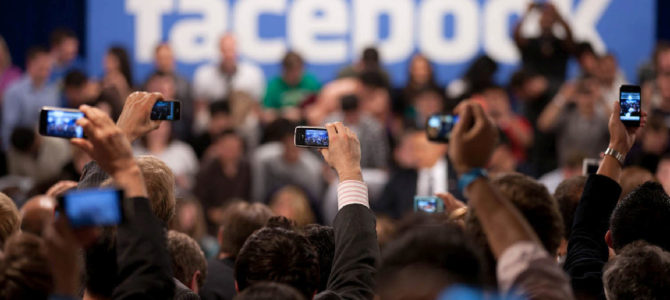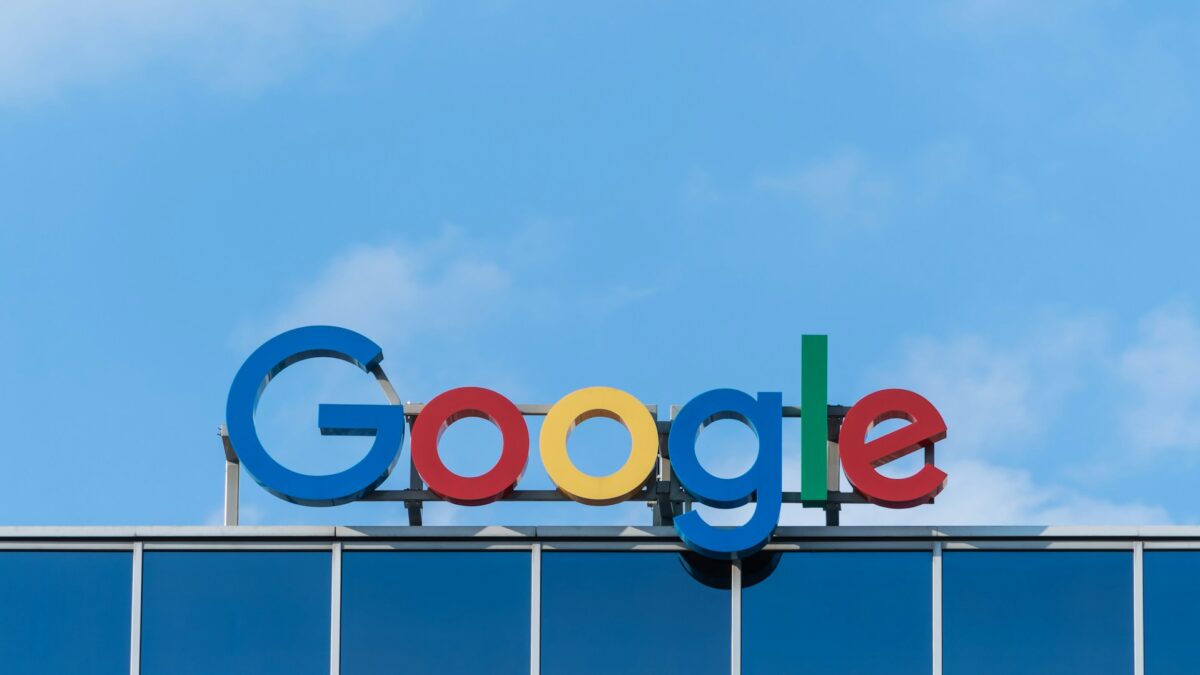
The Internet created a new medium of communication, defined by a volume of content so large that it swiftly filled up the world. Digital life, as we know it today, is in thrall to the power of its speed, ease, and size, three vectors converging toward a singularity of data—or content that theorist Paul Virilio terms “the information bomb,” every bit as transformative and terrifying as the singularity of destruction first attained by the atom bomb.
A fresh round of anxiety in the West closely tracks the expansion of digital communication into every sphere of life. We proudly assumed our culture would be best at living in the new world we created. Were we wrong?
We get a strange thrill out of thinking our shift to the digital is as grand and sweeping a change as the one that followed the invention of the printing press. Of course, Gutenberg’s invention made it possible for human beings to wage war over the interpretation of communications on what had been an unimaginable scale, with what had been inconceivable intensity.
The age of the book wars began, starting with the Bible, from the Reformation to the English and American civil wars. The book wars lasted all the way until sometime in the mid-twentieth century, with the last gasp of organized conflict motivated by the great totalitarian texts and the overthrow of the “western canon”—of the category of a civilizational canon—in the universities and on down.
But texts are no longer the authoritative foundation of our civilization. What has arisen to take their place? Without a canon or the concept of a canon, without all-consuming wars of interpretation over texts sacred and profane, what has the status of the book become? This is the real communications revolution that now, we still only half understand, so strongly characterizes digital life. In place of the book, the text, and the canon, there is now the image.
How The Image Has Transformed Modern Life
We are already collectively forgetting, or repressing, the vague memory of just how quickly we’ve switched from living in a text-driven civilization to living in an image-based one. Consider that emoji were first introduced to the iPhone just six years ago. Five years ago, Facebook, which is now just about the opposite of a book, bought Instagram.
Four years ago, the Oxford English Dictionary declared “selfie” to be the word of the year. GIFs came to Twitter only three years ago; just two years ago, Snapchat debuted Lenses, and the Oxford English Dictionary declared the “face with tears of joy” emoji the “word” of the year. One year ago, the Oculus Rift began shipping. This year, MTV, in a deafening and definitive irony, abandoned its prestige News brand and pivoted to video. What next?
Perhaps the end of voicemail. According to Virilio, there was a brief interregnum between the death of the civilization of the word, to strike an unnervingly biblical contrast, and the rise of the civilization of the image: “Technological acceleration initially brought about a transference from writing to speech—from the letter and the book to the telephone and the radio.”
(Think of the era stretching from the time of Adolph Hitler’s speeches, FDR’s fireside chats, or the message conveyed by the Woodsman in Part 8 of the new season of “Twin Peaks” to that including the final flood of pop-rock songs, from ELO to Blondie to Tommy Tutone, about calling, or trying to call, your love interest.)
“Today it is the spoken word which is logically withering away before the instantaneity of the real-time image,” he writes. “With the spread of illiteracy, the era of silent microphones and the mute telephone opens before us.” Ask yourself: what percentage of time spent on your phone are you on the phone?
“The instruments will not remain unused on account of any technical failings,” Virilio continues, “but for lack of sociability, because we shall shortly have nothing to say to each other, or really the time to say it—and, above all, we shall no longer know how to go about listening to or saying something, just as we already no longer know how to write, in spite of the fax revolution which was allegedly going to give letter-writing a new lease on life.”
We Are Headed For An ‘Image Crash’
At least the Europeans, with their deep pre-textual vision of peace as a condition of the home, not the frontier, understand the nature of the revolution promised by digital life “winning out in all spheres” against the civilization of the word. Western life, especially in still-dominant America, is headed for an “image crash.”
But what if the disordering cycle of disruption, disunity, and diaspora is inherent, as it so often seems on closer inspection, to the civilization of the word itself? What if, no matter how transformative the image, the crash is something to which the West is somehow deeply geared? Surely it ought to bring us up short that we have so freely adopted emoji from the Japanese, who have sunken according to the latest surveys into a shocking degree of de-sexualization, paralytic anti-sociability, and full-blown communicative arrest.
Yet shouldn’t it just as surely give us pause that all the stultifying uniformity imposed by the overthrow of the written and spoken word has yet to tame us or draw us together in surrender to sovereign sameness? We have yet to determine how to fight with each other for fun and sport in purely visual media. But when we do, is there any doubt that our belligerence and contrariness will blaze on undimmed?
China Has Weathered This Revolution Better
Contrast our Western disordering cycle with the ordering cycle of the East. If, in Japan, it appears to be leading (for now) to catastrophic quietude, in China, where ordering has been at work even longer and more strongly, the cycle shows a tremendous, and in some quarters famous, divergence from the political and cultural pattern of the West.
The same China that emerged from its Warring States period tracked to sociopolitical structures of consolidation, unification, and standardization has now shown itself able to transition with remarkable stability into a period of coexistence with digital life. The rise of the image in China has not come about with perfect harmony and peace, but Western observers now have good reason to mark well how their agonies and anxieties of digital disorder simply do not prevail among the Chinese in an anywhere near comparable manner.
We assumed the Internet would be much harder to censor and control than it has turned out to be, and China is the best illustration of how and why—and where—it’s showing more success. If the censors are working overtime, no apocalyptic sensibility surrounds the rise of the image in digital life. To venture a particularly broad brushstroke, given the size of the canvas, Eastern civilization, thanks to the presence of images in the very building blocks of its written language, may possibly include a sort of ordering principle better prepared to accommodate the rise of digital life than Western civilization.
If this is anywhere near the truth, Western and specifically American triumphalism over the communications revolution is seriously misplaced. Without a deep course correction of the spirit, slowing the pace and scope in our physical lives of disordered digital clutter, today’s “futuristic” Facebook and Apple campuses may turn out to be even better fashioned for travel in the void of space than they seem: islands of fragile, artificial order, harried by pockets of barbarism, and surrounded by a vast emptiness.









